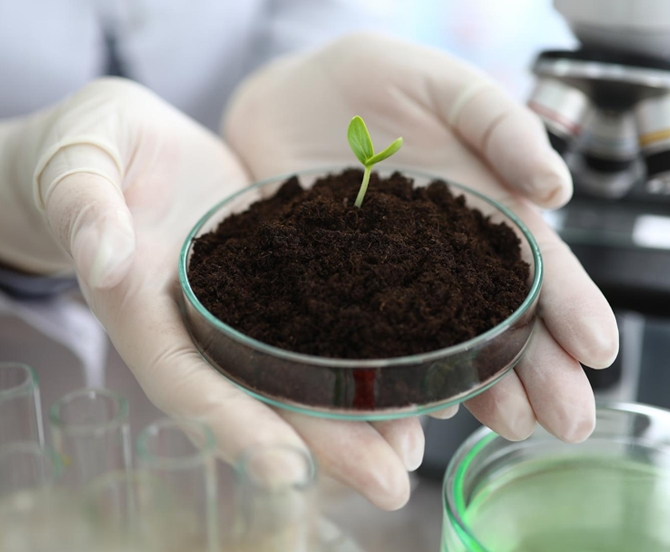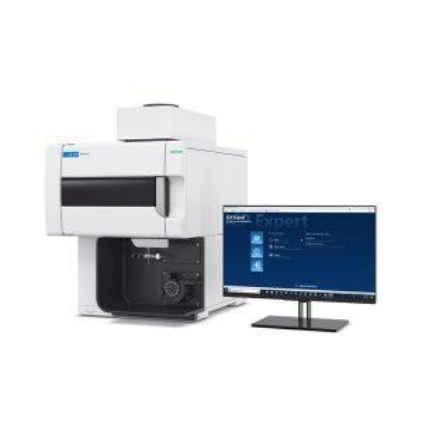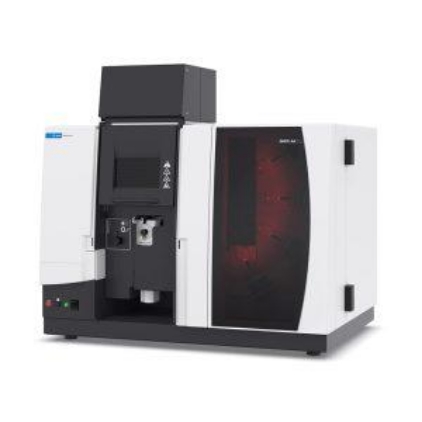
What is Soil Analysis?
Soil analysis is a scientific process used to assess the chemical, physical, and biological properties of soil. It involves collecting soil samples from various locations within a field and analysing them to determine key characteristics such as nutrient levels, pH, organic matter content, texture, and presence of contaminants.
Through soil analysis, farmers gain valuable insights into the health and fertility of their soil, allowing them to make informed decisions about crop management practices. By understanding the nutrient composition and pH of the soil, farmers can optimise fertiliser application, adjust soil amendments, and implement irrigation strategies to promote healthy plant growth and maximise crop yields.
Soil analysis also plays a crucial role in sustainable agriculture by guiding practices that maintain soil health and prevent environmental degradation. By regularly monitoring soil properties, farmers can identify potential issues such as nutrient deficiencies, soil acidity, or contamination early on, enabling timely interventions to preserve soil productivity and support long-term agricultural sustainability.
Tools
Clean Plastic Bags-Ghamela
Farm Map
Soil Test Probe
Spade Shovel Hoe
Sample submission form

Advantages of Soil Analysis
- Identifies nutrient deficiencies and imbalances, allowing targeted fertiliser application.
- Helps in optimising soil pH for better crop growth and nutrient uptake.
- Enhances crop yields by providing specific recommendations for soil amendments.
- Prevents overuse of fertilisers, reducing environmental impact and input costs.
- Aids in sustainable soil management, promoting long-term soil health and fertility.
Precautions to be Taken
- Proper Sampling: Ensure soil samples are taken from different locations within the field to get a representative sample. Avoid areas that are not typical of the field, such as near trees, compost piles, or waterlogged spots.
- Clean Tools: Use clean, non-reactive tools (e.g., plastic or stainless steel) for collecting soil samples to avoid contamination that could skew test results.
- Sample Depth: Collect samples at the appropriate depth, typically 6-8 inches for topsoil. For specific crops or issues, deeper samples may be required.
- Consistency: Use a consistent method for soil sampling over time to track changes and trends accurately.
- Documentation: Clearly label samples with relevant information such as date, location, and depth of sampling. Maintain detailed records for future reference.
A Visual Guide to Sample Testing
Why is Soil Analysis Important?

- Optimising Nutrient Management: Soil analysis reveals the current nutrient levels in the soil, enabling farmers to apply fertilisers strategically and prevent nutrient deficiencies or excesses.
- Enhancing Crop Yield: Understanding soil characteristics allows farmers to make informed decisions about crop selection, planting methods, and irrigation practices, ultimately maximising yield potential.
- Improving Soil Health: Regular soil analysis helps monitor soil pH, organic matter content, and nutrient balance, promoting overall soil health and fertility.
- Preventing Environmental Degradation: By avoiding excessive fertiliser application, soil analysis helps mitigate nutrient runoff, soil erosion, and groundwater contamination, thus safeguarding the environment.
- Customising fertiliser Programs: Soil analysis enables farmers to tailor fertiliser formulations to meet specific crop and soil requirements, optimising nutrient uptake and minimising waste.
- Detecting Soil Contaminants: Soil analysis can identify the presence of harmful substances such as heavy metals, pesticides, or pollutants, enabling appropriate remediation measures to protect human health and ecosystem integrity.
- Supporting Sustainable Agriculture: By guiding sustainable soil management practices, soil analysis contributes to long-term agricultural sustainability, preserving soil productivity for future generations.
- Reducing Input Costs: By precisely determining nutrient needs, soil analysis prevents the over-application of fertilisers and reduces input costs while maintaining or even increasing crop yields.
- Facilitating Precision Agriculture: Soil analysis data can be integrated with precision agriculture technologies to create site-specific management sones, optimising resource use and improving efficiency.
- Ensuring Food Safety: Soil analysis helps ensure that crops are grown in healthy, nutrient-balanced soil, contributing to the production of safe and nutritious food for consumers.
Laboratory Equipment

ICP-OES

AAS


